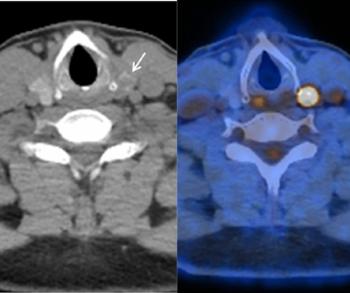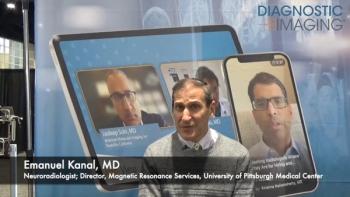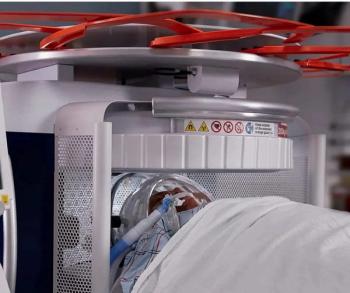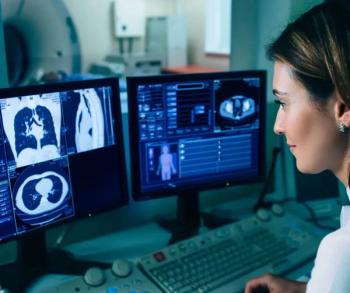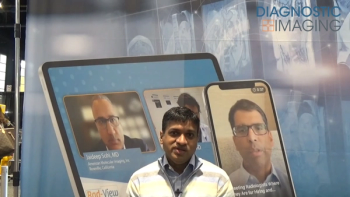
USPSTF Re-Affirms Decision Against Carotid Artery Stenosis Screening
Using imaging to screen asymptomatic individuals can cause more potential harm than good, Task Force reiterates.
In a final recommendation statement published this week, the U.S. Preventive Services Task Force (USPSTF) recommended against screening patients for asymptomatic carotid artery stenosis.
In a Feb. 2 article published in
“The Task Force wants to help prevent people from having a stroke, but screening for coronary artery stenosis is not an effective way to do so,” said USPSTF member Michael Barry, M.D., medical director of the Massachusetts General Hospital Stoeckle Center for Primary Care Innovation, in a statement. “Unfortunately, screening for coronary artery stenosis in adults without symptoms does more harm than good, and we continue to recommend against it.”
Patients who are asymptomatic for coronary artery stenosis have not experienced ischemic stroke, transient ischemic attack, or other neurological symptoms that can be attributed to the coronary arteries. Providers typically use imaging, such as MRI angiography, CT angiography, or carotid duplex ultrasonography, to screen this group.
Unfortunately, the Task Force concluded, these methods fall short.
For more coverage based on industry expert insights and research, subscribe to the Diagnostic Imaging e-Newsletter
“The USPSTF found no externally validated risk stratification tools that could reliably distinguish between asymptomatic persons who have clinically important carotid artery stenosis and persons who do not, or the risk of stroke related to carotid artery stenosis,” the team wrote.
In fact, said Salomeh Keyhani, M.D., professor of medicine at the University of California at San Francisco (UCSF), in an accompanying
According to Larry Goldstein, M.D., co-director of the Kentucky Neuroscience Institute and chair of the neurology department at the University of Kentucky at Lexington, the Task Force made the right decision in maintaining its existing recommendation against screening.
“The estimated population-attributable risk for stroke related to asymptomatic carotid artery stenosis is approximately 0.7 percent, a risk considerably lower than for other stroke risk factors, such as hypertension, atrial fibrillation, cigarette smoking, and hyperlipidemia,” he wrote in an accompanying
To date, he added, there is still no validated risk stratification tool that can help providers identify which adult patients would have a higher risk for asymptomatic carotid artery stenosis and who could benefit from intervention beyond risk factor management.
But, not everyone is on the same page. Other experts criticized the Task Force for not taking evidence of screening benefits into account when re-assessing its recommendation. The team also did not take risk factors common to nearly one-third of American adults – hyperlipidemia, diabetes, high blood pressure, smoking, poor diet, and limited exercise – under consideration, said Rebecca Smith-Bindman, M.D., professor of radiology, epidemiology and biostatistics, obstetrics, gynecology and reproductive medicine at the University of California at San Francisco.
“Nearly all of the specialty societies actually agree with the USPSTF and recommend against screening with carotid ultrasonography,” she wrote in an accompanying editorial published in
Consequently, she said, there is a need for a true randomized clinical trial that can directly answer and clarify whether there is a role for carotid ultrasonography screening with asymptomatic patients.
Seemant Chaturvedi, M.D., professor of stroke neurology at the University of Maryland School of Medicine, agreed about the need for a trial, saying, in an additional
“Until we can answer these questions,” he said, “we should focus not so much on screening, but instead on the completion of studies that provide meaningful data for shared decision-making between patients and clinicians."
Newsletter
Stay at the forefront of radiology with the Diagnostic Imaging newsletter, delivering the latest news, clinical insights, and imaging advancements for today’s radiologists.

